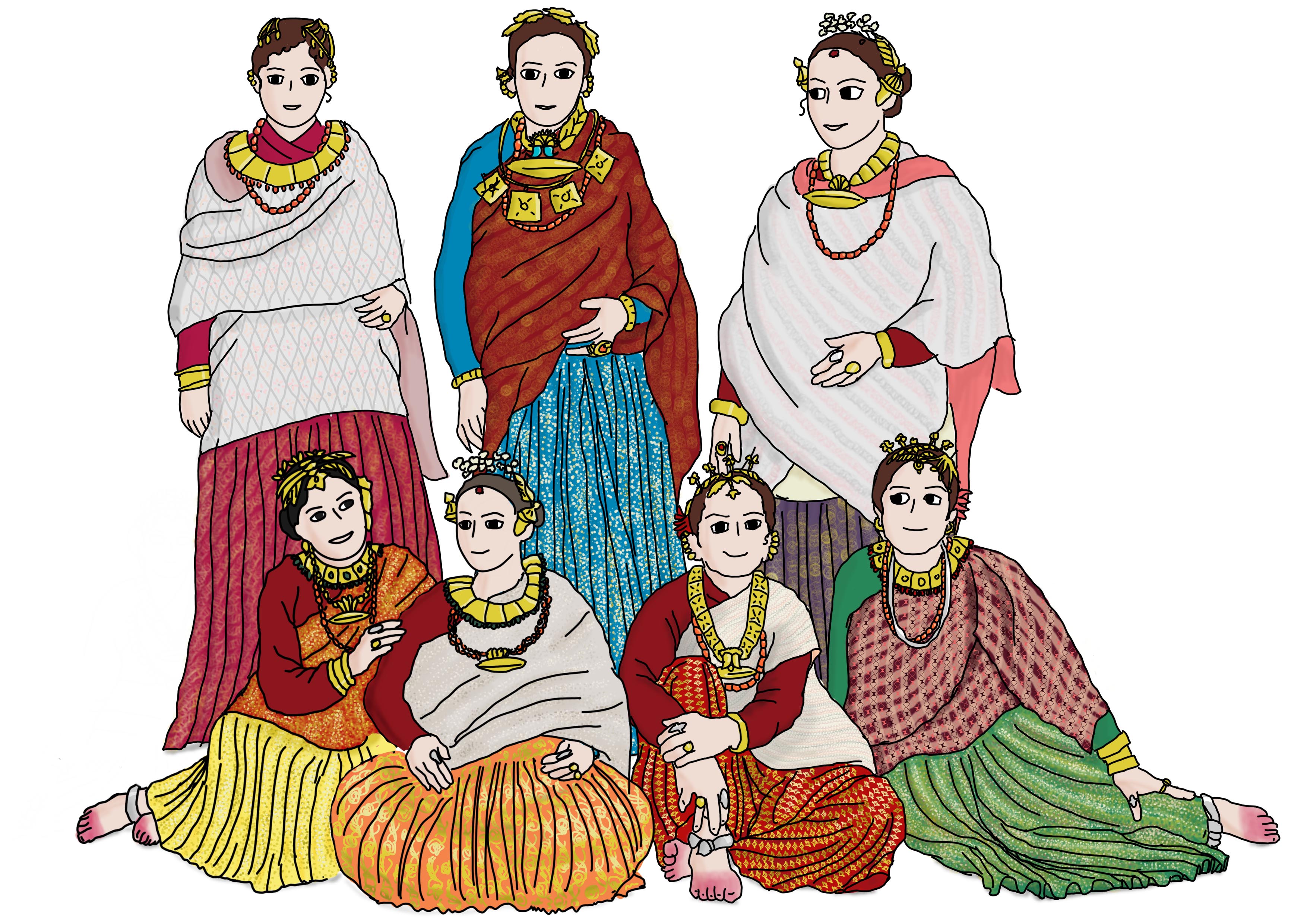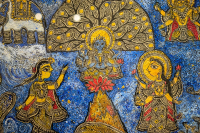Culture & Lifestyle
How a Sydney-based Nepali couple is preserving culture through cartoons
In a society where works pertaining to indigenous people are few, the Yomari Cartoon Series is functioning as a repository to promote and preserve Newar culture.
Ankit Khadgi
Sitting on the laps of their ajis (grandmothers), bajes (grandfathers), and parents, Niroj Maharjan and Munu Shrestha Maharjan grew up listening to fascinating, ancient tales surrounding their culture and traditions.
The stories, which had been passed on from generation to generation, were mystical and intriguing, and transported them into another world and space of time, they say. Not only that, the stories also helped them remain rooted to their culture.
However, after the couple settled in Australia, they soon realised that opportunities for their child to share similar experiences and learn about the Newa culture were limited. The couple also realised the lack of information that existed in cyberspace about Newa culture. And that they could contribute in filling that information gap.
That was why the couple, with their prior experiences in graphic designing, started a Sydney-based creative studio, Creative Yomari, in 2017, and with an aim to be a repository of culture and to pass on the stories they grew up listening to.
“However, we found it ineffective to try to pass the ancient stories to the future generation verbally as our parents and grandparents passed it to us,” says Niroj Maharjan.
And thus, combining their skills and knowledge, the couple started creating their first cartoon series in August 2019, titled 'Yomari meets Chaku' using their Facebook page, Yomari Cartoon Series. Since then they have been regularly publishing the cartoon series that feature re-telling of ancient stories of various traditions, culture, and practises of Newa society digitally through cartoons—a means that best captures the attention of children.
“These days kids are attracted to digital content. Digitising knowledge about our cultures—even in the form of cartoons—is a way of preserving our culture,” says Maharjan.
And in a short span, their content has garnered much attention and appreciation. Their innovative idea of re-learning ancient stories, through simple yet colourful and explanatory cartoons that employ cultural motifs, has struck a chord with many, says Maharjan. “The feedback from the people is beyond what we had expected. People have loved the concept and the best feedback we received so far was a video sent to us from a Montessori teacher who read our stories to her students, who expressed their love for the stories,” says Maharjan.

Until now, their team at Creative Yomari has created multiple cartoon series featuring important Newa festivals and events like Bunga Dyah Jatra (Rato Machindranath Jatra), Yomari Punhi , Pahan Chare, Ghyo chaku Sanhu, (Maghe Sankranti), Yenya (Indra Jatra), and Nepal Sambat.
But creating content is challenging at times, they say, especially considering the unavailability of sufficient resources that can provide them detailed information. And this often leads them to seek help from their elders. “We often contact elders in our circle, so they could share their knowledge which will help us in compiling a story,” says Maharjan, who along with his wife work on the cartoon series in their free time.
Currently, the couple is making a series on Newa jatras and festivals, telling stories of the festivals’ origin and significance. Since the jatras and festivals have many stories, myths, and historical and cultural context attached to it, it takes their team almost a month to research, write, prepare the storyboard and draw the sketches, they say.
Their cartoon series, however, features characters speaking in English, which according to the duo is intentional. By using English as the medium of language, the creators hope to reach out to more foreign audiences who are interested in learning about Nepali culture. “People these days are scattered all around the globe and I personally know few parents who have focused on teaching their kids only English as a result of which those kids can’t understand their mother tongue,” says Maharjan. “We wanted the series to be able to reach those kids growing up abroad who may not understand their mother tongue or even Nepali.”
While cartoon series in Nepali society is not new, the presence of works that pertain to indigenous communities is few, especially considering the fact that Nepali-language children books largely under-represent ethnic communities of the country, making the Yomari Cartoon Series important in encouraging such works to be pursued.
“The main goal of this cartoon series is to create a space for Newa culture in the digital world, especially targeting young audiences,” says Maharjan. “We want our children to learn everything they can about our culture, which is why we started doing this in the first place.”
As for the future, the duo is planning to expand their ideas and create an animated series for children as well. “We will also be creating learning videos for kids whose parents wish to teach them Nepal Bhasa,” says Maharjan.
And although their steps may be small attempts in documenting a culture, what matters is the preservation and digitisation of these stories that educate the younger generation about their culture, they say.
“Culture is what defines our identity,” says Maharjan. “It carries knowledge about our way of life and when we stop learning about our own culture we lose the track of who we are. ”




 12.88°C Kathmandu
12.88°C Kathmandu















